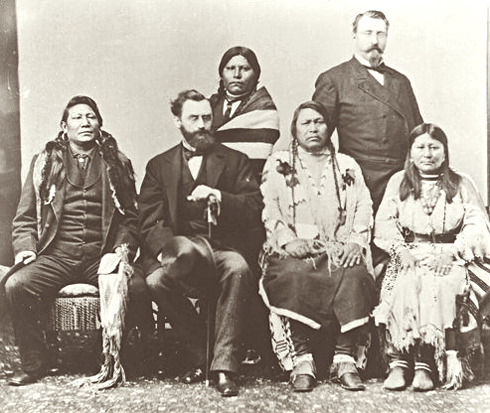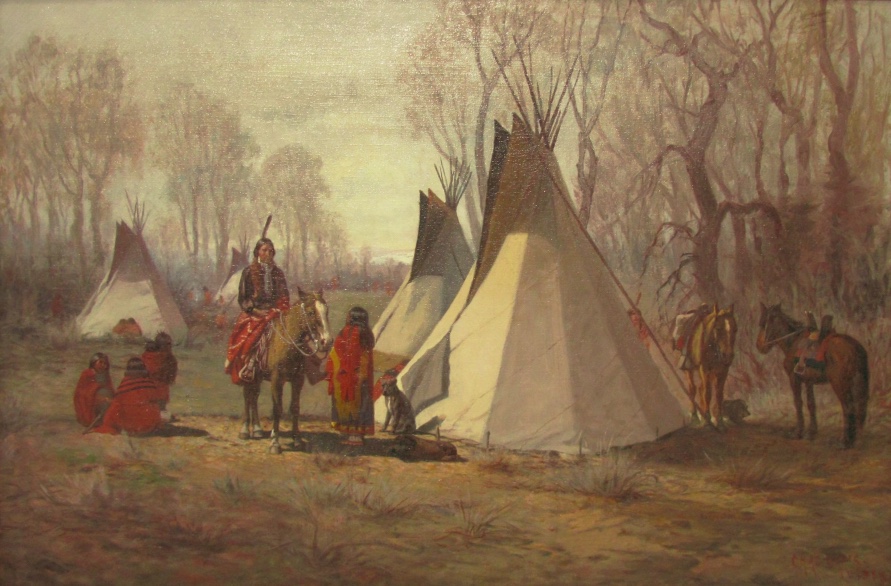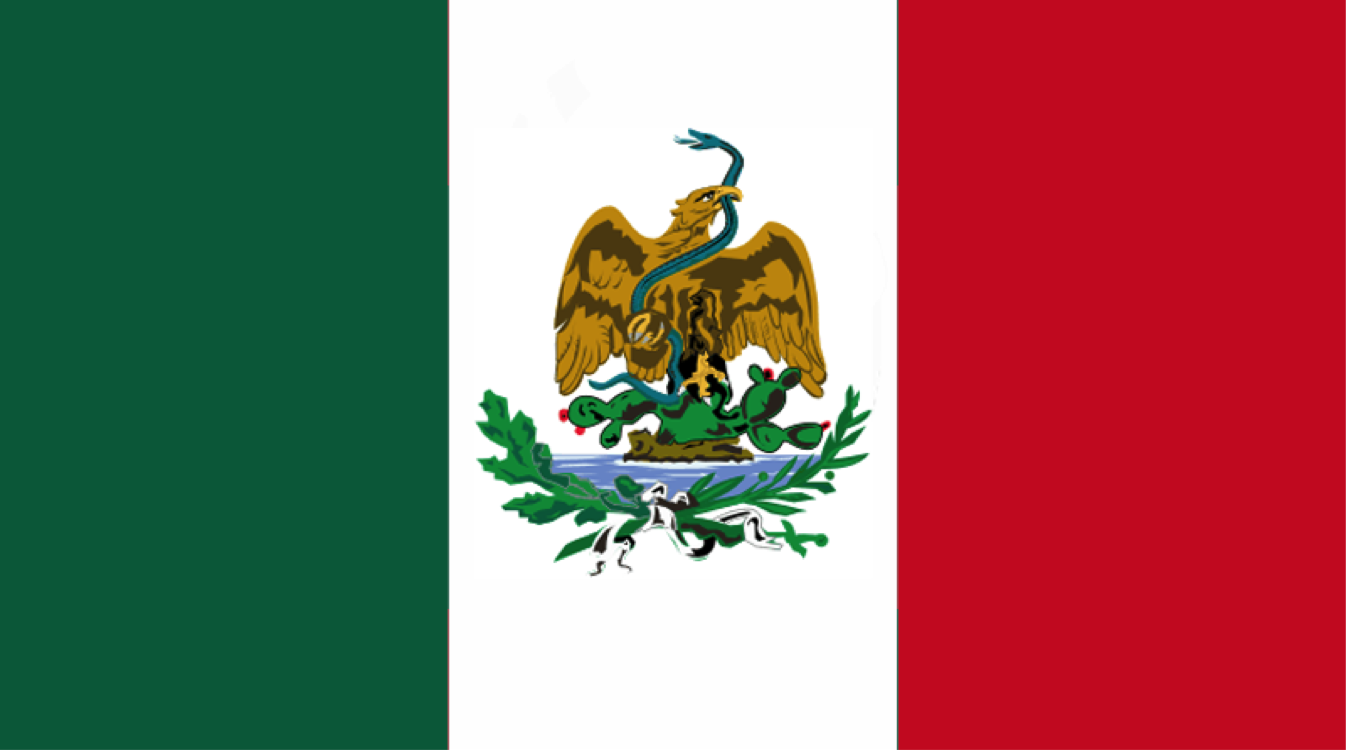|
Meeker Massacre
Meeker Massacre, or Meeker Incident, White River War, Ute War, or the Ute Campaign), took place on September 29, 1879 in Colorado. Members of a band of Ute people, Ute Indians (Native Americans of the United States, Native Americans) attacked the Indian agency on their reservation, killing the Indian agent Nathan Meeker and his 10 male employees and taking five women and children as hostages. Meeker had been attempting to convert the Utes to Christianity, to make them farmers, and to prevent them from following their nomadic culture. On the same day as the massacre, United States Army forces were en route to the Agency from Fort Steele (Wyoming), Fort Steele in Wyoming due to threats against Meeker. The Utes attacked U.S. troops led by Major (rank), Major Thomas T. Thornburgh at Milk Creek, north of present day Meeker, Colorado. They killed the major and 13 troops. Relief troops were called in and the Utes dispersed. The conflict resulted in the Utes losing most of the lands ... [...More Info...] [...Related Items...] OR: [Wikipedia] [Google] [Baidu] |
Ute Wars
The Ute Wars were a series of conflicts between the Ute people and the United States which began in 1849 and ended in 1923. Wars *Jicarilla War (1849–1855) *Battle at Fort Utah (1850) *Wakara's War, Walker War (1853–1854) *Tintic War (1856) *Black Hawk War (Utah), Black Hawk War (1865–1872) *White River War (1879) *Pinhook Draw fight (15-16 June 1881) *Beaver Creek Massacre (June 19, 1885) – Cases of cattle-rustling by the Utes on white cattlemen caused tensions that eventually led to a skirmish between the two parties in Beaver Creek (Dolores, Colorado), Beaver Creek. In the gunfight that ensued, cowboys killed six Mountain Ute Indians. It was the last major confrontation between Ute Indians and white settlers in Colorado. *Ute War (1887) *Bluff War (1914–1915) *Bluff Skirmish (1921) *Posey War (1923) See also *Battle Creek, Utah, Battle Creek Massacre *Sioux Wars *Apache Wars *Navajo Wars *Comanche Wars References Bibliography * {{Native American people ... [...More Info...] [...Related Items...] OR: [Wikipedia] [Google] [Baidu] |
Uncompahgre Ute
The Uncompahgre Ute () or ꞌAkaꞌ-páa-gharʉrʉ Núuchi (also: Ahkawa Pahgaha Nooch) is a band of the Ute people, Ute, a Native American tribe located in the US states of Colorado and Utah. In the Ute language, means "rocks that make water red." The band was formerly called the Tabeguache. Tabeguache The Tabeguache (Ute dialect, Ute language: , ,, and ), or “People of Sun Mountain,” was the largest of the ten nomadic bands of the Ute and part of the Northern Ute People. They lived in river valleys of the Gunnison River and Uncompahgre River between the Parianuche to the north and the Weeminuche to the south. They traveled seasonally. Like other Ute, they were hunters who followed and hunted buffalo, deer, and elk. They moved their camp about every month, and created a link to Mother Earth at each camp by constructing a medicine wheel at the center of camp. The Tabeguache believed that the Pikes Peak, Pikes Peak region is their home. Their name for the mountain is , mea ... [...More Info...] [...Related Items...] OR: [Wikipedia] [Google] [Baidu] |
Native Americans In The United States
Native Americans (also called American Indians, First Americans, or Indigenous Americans) are the Indigenous peoples of the Americas, Indigenous peoples of the United States, particularly of the Contiguous United States, lower 48 states and Alaska. They may also include any Americans whose origins lie in any of the indigenous peoples of North or South America. The United States Census Bureau publishes data about "American Indians and Alaska Natives", whom it defines as anyone "having origins in any of the original peoples of North and South America ... and who maintains tribal affiliation or community attachment". The census does not, however, enumerate "Native Americans" as such, noting that the latter term can encompass a broader set of groups, e.g. Native Hawaiians, which it tabulates separately. The European colonization of the Americas from 1492 resulted in a Population history of Indigenous peoples of the Americas, precipitous decline in the size of the Native American ... [...More Info...] [...Related Items...] OR: [Wikipedia] [Google] [Baidu] |
Continental Divide
A continental divide is a drainage divide on a continent such that the drainage basin on one side of the divide feeds into one ocean or sea, and the basin on the other side either feeds into a different ocean or sea, or else is endorheic, not connected to the open sea. Every continent on Earth except Antarctica (which has no known significant, definable free-flowing surface rivers) has at least one continental drainage divide; islands, even small ones like Killiniq Island on the Labrador Sea in Canada, may also host part of a continental divide or have their own island-spanning divide. The endpoints of a continental divide may be coastlines of gulfs, seas or oceans, the boundary of an endorheic basin, or another continental divide. One case, the Great Basin Divide, is a closed loop around an endorheic basin. The endpoints where a continental divide meets the coast are not always definite since the exact border between adjacent bodies of water is usually not clearly defined. Th ... [...More Info...] [...Related Items...] OR: [Wikipedia] [Google] [Baidu] |
Indian Reservation
An American Indian reservation is an area of land land tenure, held and governed by a List of federally recognized tribes in the contiguous United States#Description, U.S. federal government-recognized Native American tribal nation, whose government is Tribal sovereignty in the United States, autonomous, subject to regulations passed by the United States Congress and administered by the United States Bureau of Indian Affairs, and not to the state governments of the United States, U.S. state government in which it is located. Some of the country's 574 List of Native American Tribal Entities, federally recognized tribes govern more than one of the 326 List of Indian reservations in the United States, Indian reservations in the United States, while some share reservations, and others have no reservation at all. Historical piecemeal land allocations under the Dawes Act facilitated sales to non–Native Americans, resulting in some reservations becoming severely fragmented, with pie ... [...More Info...] [...Related Items...] OR: [Wikipedia] [Google] [Baidu] |
Indian Agent
In United States history, an Indian agent was an individual authorized to interact with American Indian tribes on behalf of the U.S. government. Agents established in Nonintercourse Act of 1793 The federal regulation of Indian affairs in the United States first included development of the position of Indian agent in the Nonintercourse Act of 1793, a revision of the original 1790 law. This required land sales by or from Indians to be federally licensed and permitted. The legislation also authorized the President to "appoint such persons, from time to time, as temporary agents to reside among the Indians," and guide them into acculturation of American society by changing their agricultural practices and domestic activities. Eventually, the U.S. government ceased using the word "temporary" in the Indian agent's job title. Changing role of Indian Agents, 1800–1840s From the close of the 18th century to nearly 1869, Congress maintained the position that it was legally responsible ... [...More Info...] [...Related Items...] OR: [Wikipedia] [Google] [Baidu] |
Fort Garland
Fort Garland (1858–1883), Colorado, United States, was designed to house two companies of soldiers to protect settlers in the San Luis Valley, then in the Territory of New Mexico (1850-1912). It was named for General John Garland (1793-1861), then commander of the United States Army's Military District of New Mexico. History Colonel Kit Carson and New Mexico Volunteers were stationed here after the American Civil War (1861-1865), in 1866 and he successfully negotiated a treaty with the local native Utes in 1867. The Ninth U.S. Cavalry ( Buffalo Soldiers) was stationed here for three years between 1876 and 1879. In 1876, these troops were called to the La Plata region to prevent conflict between the Utes and white mining prospectors. The following year, they helped remove illegal white settlers from Ute reservation lands. In 1879, United States military units from Fort Garland were called upon by Nathan Meeker, the Indian Agent of the Bureau of Indian Affairs at the Whit ... [...More Info...] [...Related Items...] OR: [Wikipedia] [Google] [Baidu] |
Fort Lewis (Colorado)
Fort Lewis College (FLC) is a public liberal arts college in Durango, Colorado, and the only four-year and graduate studies institution in the Four Corners region. FLC's historical evolution spans its origins as a U.S. military fort, an Indian boarding school, and eventually a public college. In accordance with a 1911 mandate, Fort Lewis College provides tuition-free education to qualified Native American Tribal and Alaska Native Village members. The college serves a diverse community comprising 37% Native American/Alaska Native learners, representing 166 Native American Tribes and Alaska Native Villages, 43% first-generation students, 42% Pell Grant recipients, and 15% Hispanic/Latinx students. In 2008, the U.S. Department of Education designated FLC as a Native American-Serving, Non-Tribal Institutions (NASNTI). FLC is also recognized as a First Generation-Serving Institution by the State of Colorado and an emerging Hispanic-Serving Institution (HSI). History The first For ... [...More Info...] [...Related Items...] OR: [Wikipedia] [Google] [Baidu] |
Victorio's War
Victorios War, or the Victorio Campaign, was an armed conflict between the Apache followers of Chief Victorio, the United States, and Mexico beginning in September 1879. Faced with arrest and forcible relocation from his homeland in New Mexico to San Carlos Indian Reservation in southeastern Arizona, Victorio led a guerrilla war across southern New Mexico, west Texas and northern Mexico. Victorio fought many battles and skirmishes with the United States Army and raided several settlements until the Mexican Army killed him and most of his warriors in October 1880 in the Battle of Tres Castillos. After Victorio's death, his lieutenant Nana led a raid in 1881. Scholar Dan Thrapp wrote of Victorio's War that "never again were pachefighters in such numbers to roam and ravage that country, nor were they again to be so ably led and managed." Victorio, according to scholar Robert N. Watt, "is widely acknowledged as being one of the best guerrilla leaders of the Apache Wars." B ... [...More Info...] [...Related Items...] OR: [Wikipedia] [Google] [Baidu] |
New Mexico
New Mexico is a state in the Southwestern United States, Southwestern region of the United States. It is one of the Mountain States of the southern Rocky Mountains, sharing the Four Corners region with Utah, Colorado, and Arizona. It also borders the state of Texas to the east and southeast, Oklahoma to the northeast, and shares Mexico-United States border, an international border with the Mexican states of Chihuahua (state), Chihuahua and Sonora to the south. New Mexico's largest city is Albuquerque, and its List of capitals in the United States, state capital is Santa Fe, New Mexico, Santa Fe, the oldest state capital in the U.S., founded in 1610 as the government seat of Santa Fe de Nuevo México, Nuevo México in New Spain. It also has the highest elevation of any state capital, at . New Mexico is the List of U.S. states and territories by area, fifth-largest of the fifty states by area, but with just over 2.1 million residents, ranks List of U.S. states and terri ... [...More Info...] [...Related Items...] OR: [Wikipedia] [Google] [Baidu] |
Apaches
The Apache ( ) are several Southern Athabaskan language-speaking peoples of the Southwestern United States, Southwest, the Southern Plains and Northern Mexico. They are linguistically related to the Navajo. They migrated from the Athabascan homelands in the north into the Southwest between 1000 and 1500 CE. Apache bands include the Chiricahua, Jicarilla Apache, Jicarilla, Lipan Apache people, Lipan, Mescalero, Mimbreño Apache, Mimbreño, Salinero Apaches, Salinero, Plains Apache, Plains, and Western Apache (San Carlos Apache Indian Reservation, Aravaipa, Pinaleño Mountains, Pinaleño, Fort Apache Indian Reservation, Coyotero, and Tonto Apache, Tonto). Today, Apache tribes and Indian reservation, reservations are headquartered in Arizona, New Mexico, Texas, and Oklahoma, while in Mexico the Apache are settled in Sonora, Chihuahua, Coahuila and areas of Tamaulipas. Each Native American tribe, tribe is politically autonomous. Historically, the Apache homelands have consisted of ... [...More Info...] [...Related Items...] OR: [Wikipedia] [Google] [Baidu] |
9th Cavalry Regiment (United States)
The 9th Cavalry Regiment is a parent cavalry regiment of the United States Army. Historically, it was one of the Army's four segregated African-American regiments and was part of what was known as the Buffalo Soldiers. The regiment saw combat during the American Indian Wars, Indian and Spanish–American Wars. During Westward Expansion, the regiment provided escort for the early western settlers and maintained peace on the American frontier. , the 1st Battalion and 4th Squadron serve with the 2nd Brigade Combat Team, 1st Cavalry Division (United States), 2nd Brigade Combat Team, 1st Cavalry Division as a combined arms battalion and an Armoured reconnaissance, armored reconnaissance squadron, while the 6th Squadron is the armored reconnaissance squadron of the 3rd Brigade Combat Team, 1st Cavalry Division, 3rd Brigade Combat Team of the division. All three units are stationed at Fort Cavazos. Formation The regiment was authorized on 28 July 1866 to become the 9th United States ... [...More Info...] [...Related Items...] OR: [Wikipedia] [Google] [Baidu] |









